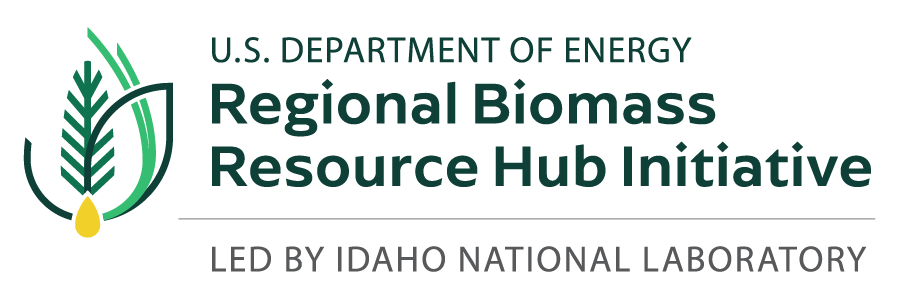Description
Integrated landscape management has emerged in recent years as a methodology to integrate the environmental impacts of various agricultural practices along with yield and profitability in a variety of cropping systems. Specifically, Integrated Landscape management utilizes modeling to identify cropping system designs for bioenergy development that improve revenue and shift intensive row crop production from environmentally sensitive areas.
Capability Bounds
Integrated Landscape Management principles have been demonstrated and applied to both agricultural and forested landscapes across the U.S.
Unique Aspects
- AI methods to determine subfield production and variability
- Genetic algorithm assisted planting design
- Field efficiency estimation
- Forest Carbon accumulation estimation
Availability
This capability can be appropriately applied to all regions in the Continental U.S.
Benefit
Application of ILM principles improves sustainability and the overall economics of the production of energy crops.
Capability Expert(s)
Damon Hartley, Rajiv Paudel, Lionel Toba
References
Griffel, L. M., Hartley, D. S., Lin, Y., & Langholz, M. (2021). Integrated Landscape Management to Reduce Biomass Feedstock Access Costs (No. INL/EXT-20-60469-Rev000). Idaho National Lab.(INL), Idaho Falls, ID (United States).
